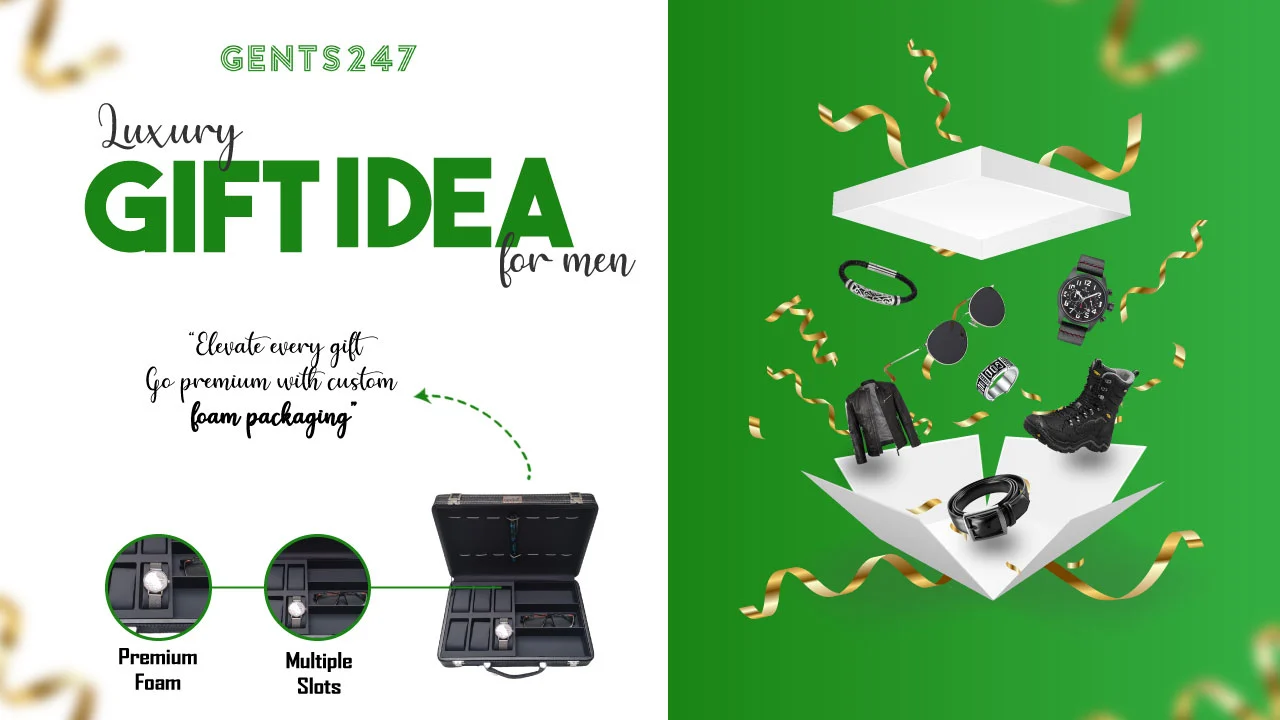Indian weddings are a celebration of tradition, household, and love, and for the groom, his outfit is equally as very important because the bride’s. The right equipment might enhance a groom’s outfit, serving to him really feel safe and chic on his huge day. In case you’re planning in your Indian marriage ceremony in London, you will must rigorously choose the equipment that can full your costume. On this tutorial, we’ll focus on the essential equipment each Indian groom ought to have and the way they might make all of the distinction.
Key Factors:
- Discover the crucial accessories that Indian groom should have on his wedding day.
- Discover how to mix contemporary and classic designs to get the ideal effect.
- Expert recommendations on picking high-quality accessories that suit your particular style.
Before we get into the intricacies, remember that an Indian wedding is more than simply a ceremony. It’s a celebration loaded with history and significance, and the groom’s clothing frequently signifies the start of a new chapter in his life. Whether you’re looking for a classic sherwani or a modern suit, accessories play a critical part in enhancing your outfit.
To capture the soul of your clothing and the importance of every detail, expert Indian wedding photography is vital. A good photographer will not only chronicle your accessories but also retain the feelings and traditions that make your day special.
Key Equipment for Each Indian Groom
Turban or Safa (Pagri):
The turban is likely one of the most outstanding ornaments in Indian weddings. It represents the groom’s respect and dignity. Historically worn by Sikh grooms, the turban is a serious cultural and non secular image.

Brooch For The Kurta or Sherwani:
Specifically designed buttons and brooches add magnificence to the sherwani (conventional coat-like garment), typically that includes gems or intricate designs.
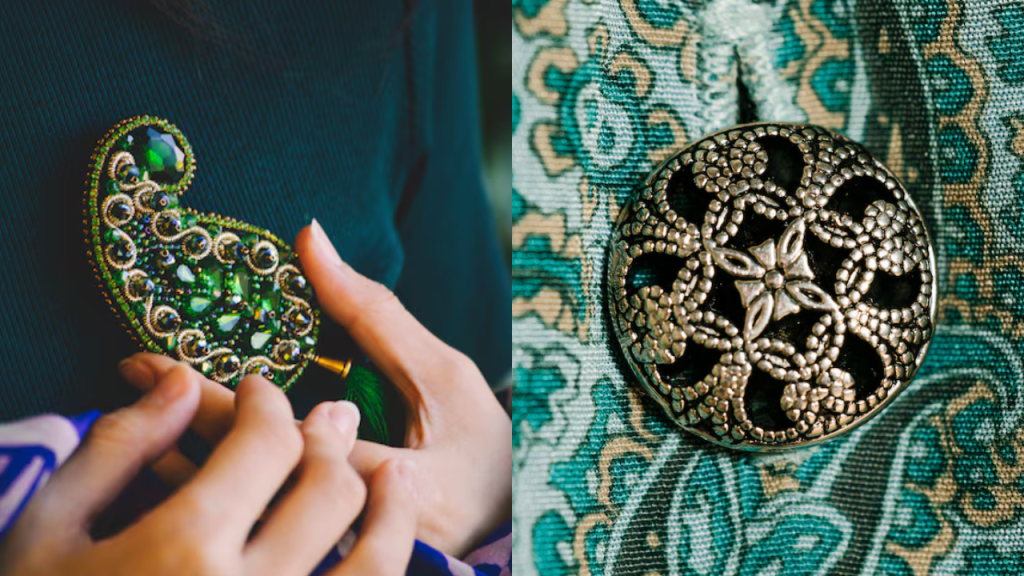
Dupatta or Stole:
A dupatta draped over the shoulder or across the neck is a traditional addition, matching the sherwani in colour or design, and including layers to the outfit.
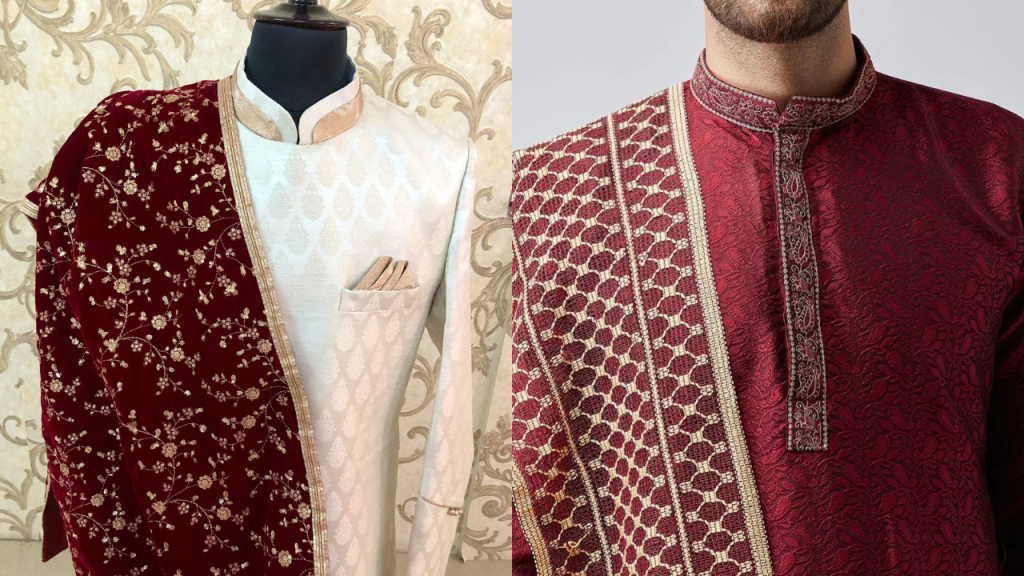
Picture Credit score Goes To : www.pinterest.co.uk
Juttis or Mojaris:
Conventional Indian footwear, typically embroidered or embellished, full the groom’s apparel and add an genuine contact.
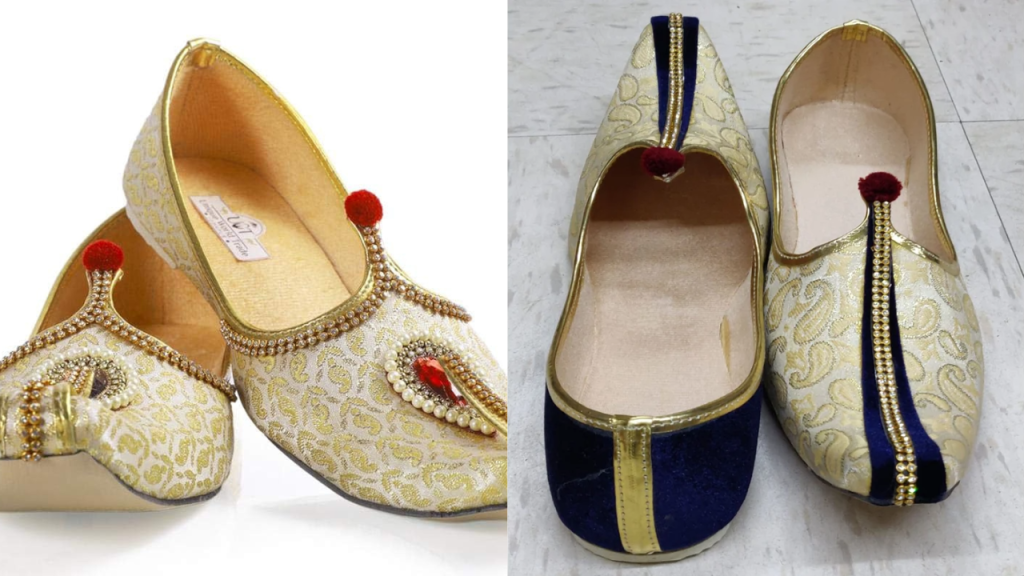
Picture Credit score Goes To : www.amazon.in
Kamarbandh (Waistband):
An ornamental belt or waistband enhances the look of the sherwani or kurta and is a refined but elegant accent for grooms.
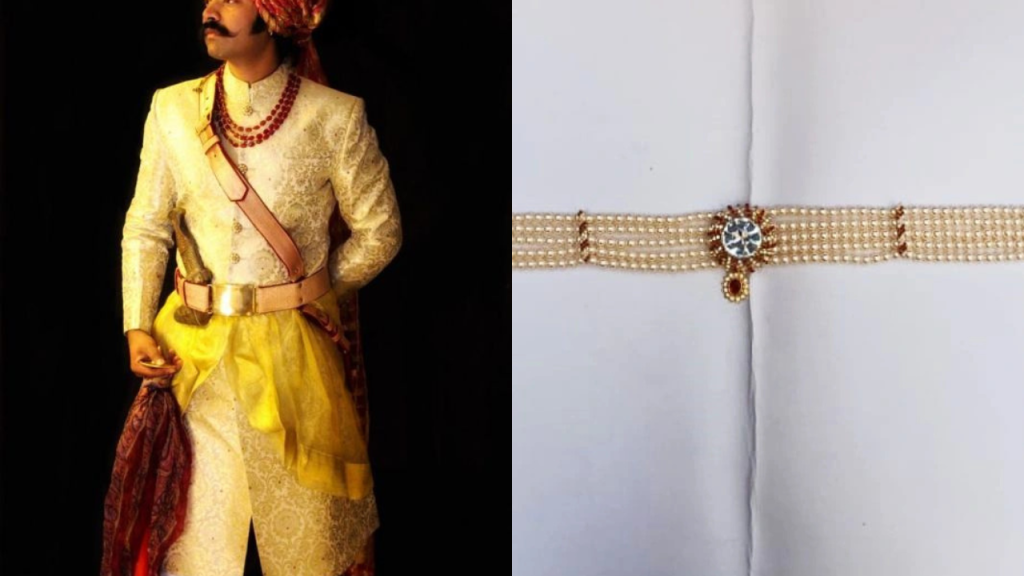
Picture Credit score Goes To :www.shahitaj.in
Hand Equipment (Kada, Bracelets):
Gold or silver kadas (bangles) or bracelets add fashion, particularly in the event that they’re coordinated with the groom’s different jewellery.
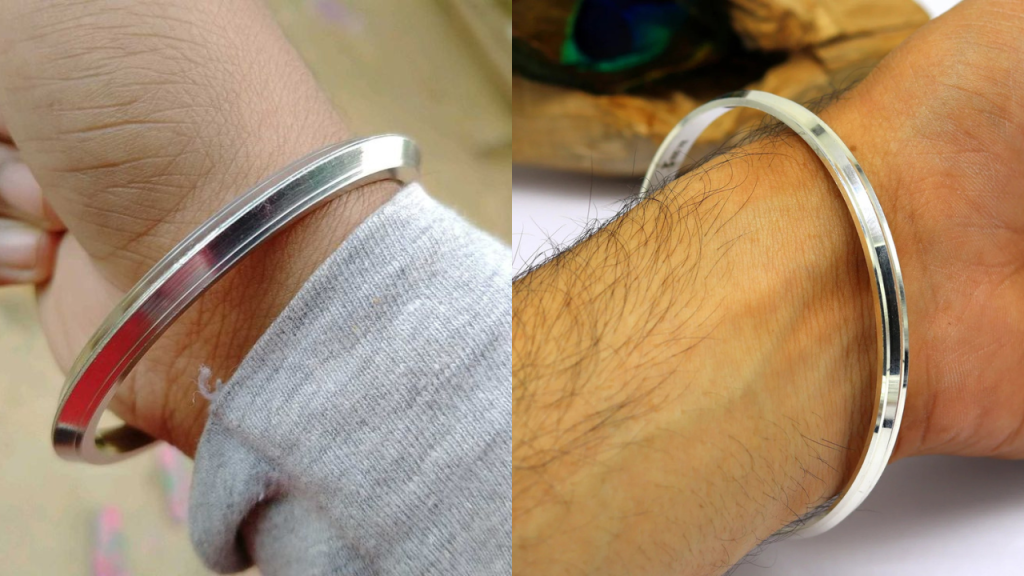
Picture Credit score Goes To : in.pinterest.com
Mala (Necklace):
A layered pearl or gemstone mala is commonly worn to reinforce the standard look. Gold, pearls, or kundan (gemstone) necklaces are widespread decisions.
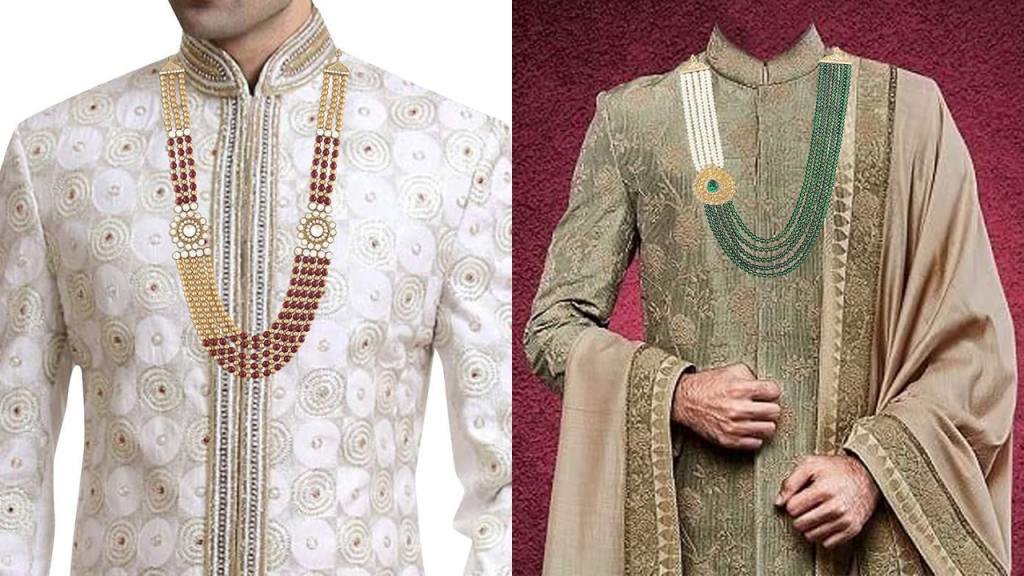
Picture Credit score Goes To : in.mirraw.com
Sword (Talwar or Kirpan):
n Sikh weddings or different conventional settings, the groom might carry a ceremonial sword, symbolizing honor and valor.
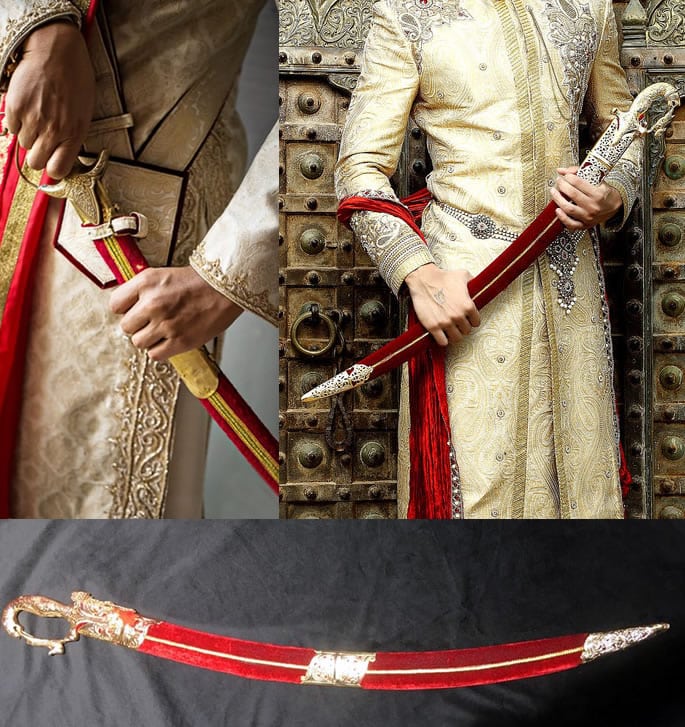
Picture Credit score Goes To: www.desiblitz.com
Pocket Sq. or Handkerchief:
A colourful pocket sq. tucked into the sherwani or go well with pocket provides a pop of colour and completes the outfit with a refined contact.
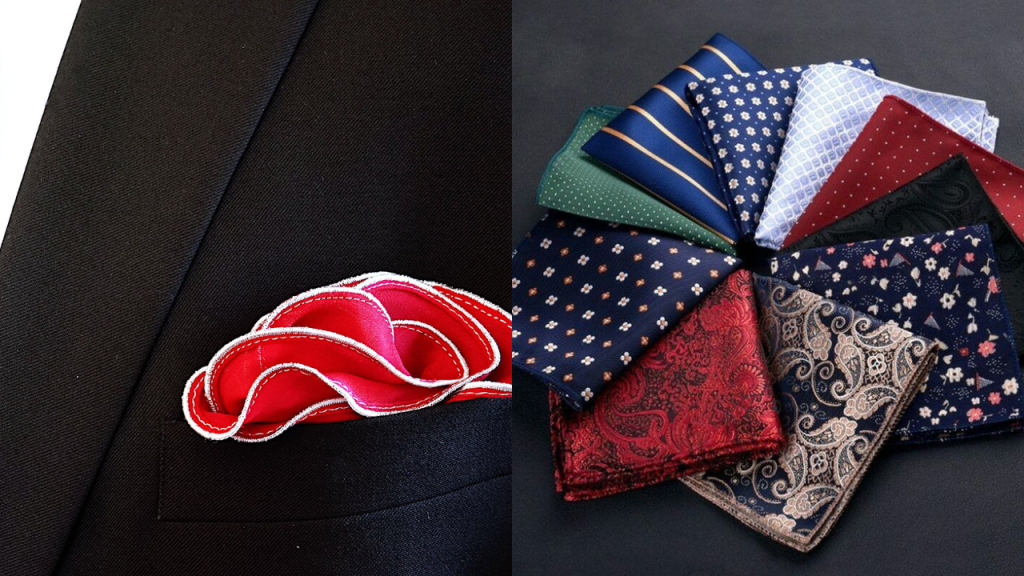
Picture Credit score Goes To: www.pinterest.com
Groom’s Ring:
Whereas the marriage ring could also be exchanged later, many grooms put on a hoop with household or cultural significance. Gold or gemstone rings are widespread decisions.
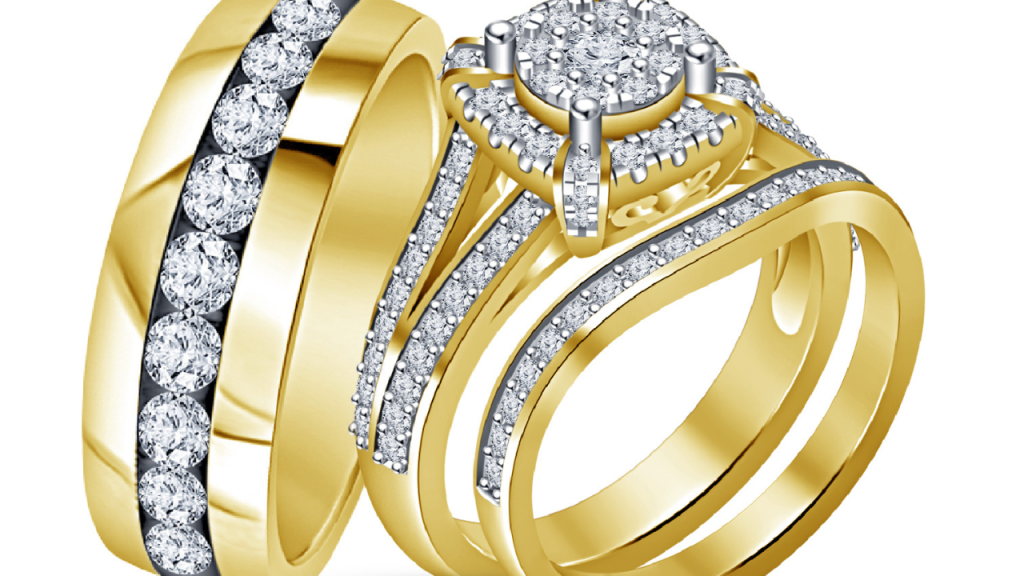
Picture Credit score Goes To: www.bonanza.com
Watch:
A luxurious watch enhances the groom’s look. It may be fashionable or classic, primarily based on the groom’s fashion and outfit.
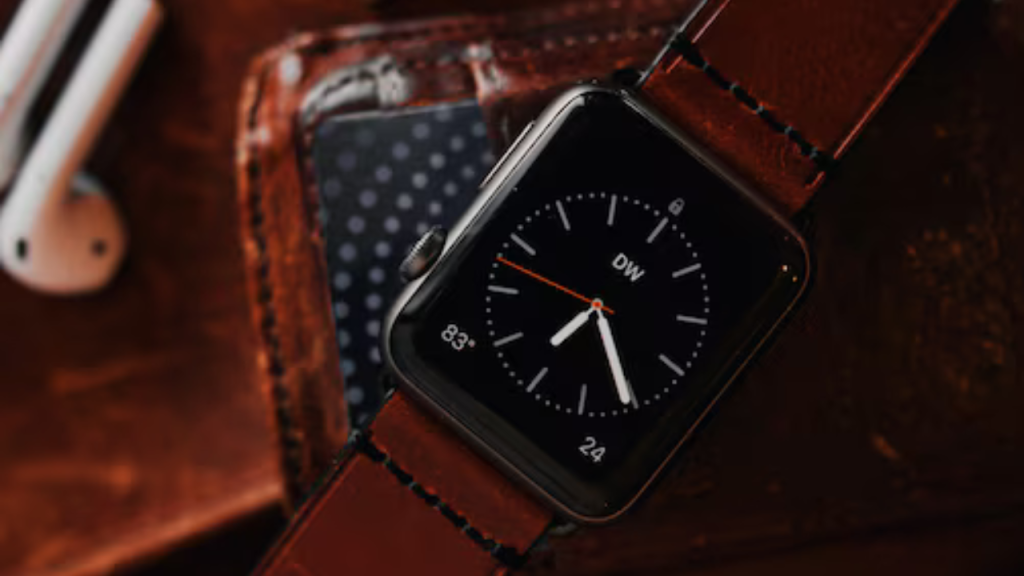
Earrings (Kaan Phool):
In some traditions, grooms put on earrings to reinforce their look, typically matching them with different jewellery. This could be a refined stud or a extra ornate piece for a bolder assertion.

Picture Credit score Goes To: www.pinterest.com.au
Perfume:
A high-quality cologne or conventional attar (important oil) ensures the groom smells as refined as he appears, leaving a memorable impression.
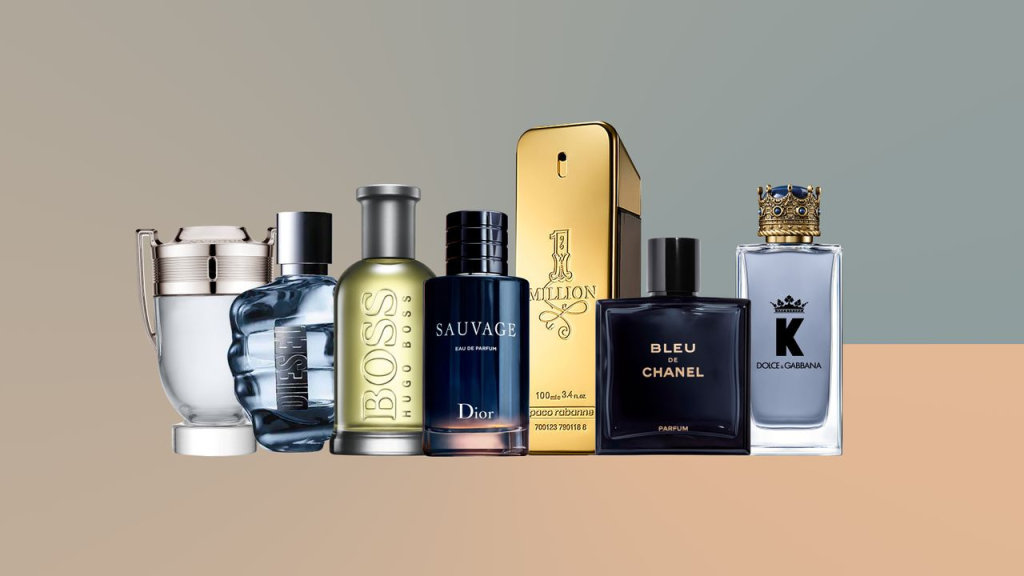
Picture Credit score Goes To: www.t3.com
Grooming Necessities:
Quiff Hairstyle for Men, beard fashion and grooming, and skincare merchandise are important for a refined look. Grooming kits are sometimes custom-made with oils, lotions, and styling instruments fitted to the groom’s pores and skin and hair.
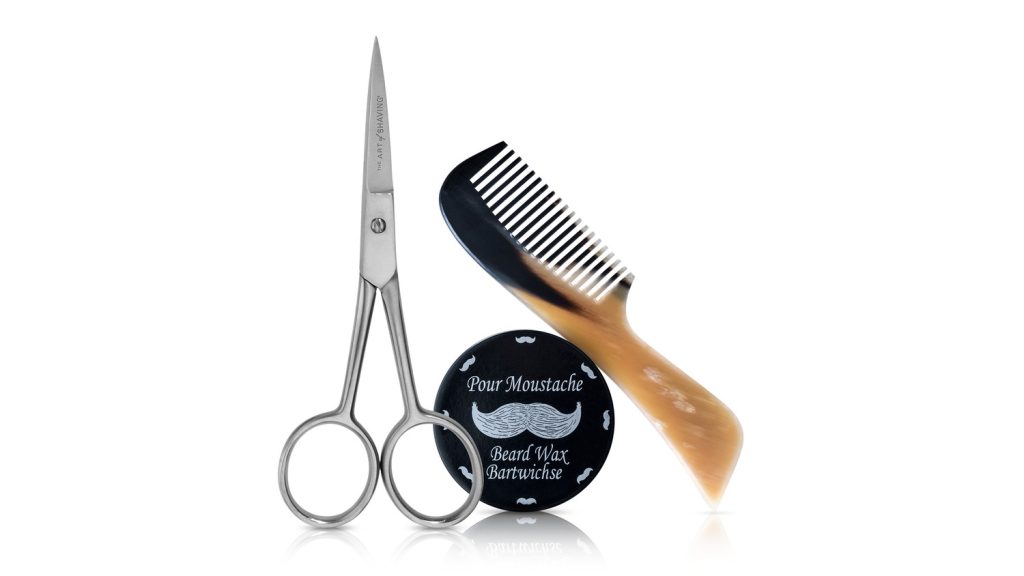
Picture Credit score Goes To: www.marthastewartweddings.com
Umbrella:
For out of doors weddings, particularly in conventional settings, an ornamental umbrella (typically embroidered or made of colourful cloth) provides a singular and regal contact, particularly for grand processions or baraat (marriage ceremony procession) ceremonies.
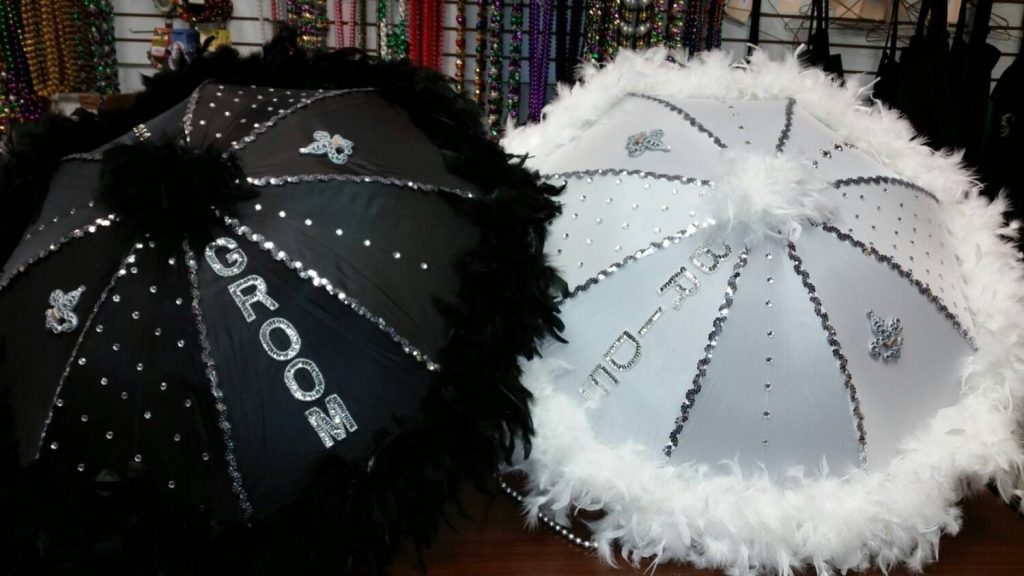
Picture Credit score Goes To: za.pinterest.com
Rudraksha or Non secular Beads:
In Hindu weddings, some grooms put on a rudraksha mala or bracelet, symbolizing religious grounding and blessings for a harmonious life.
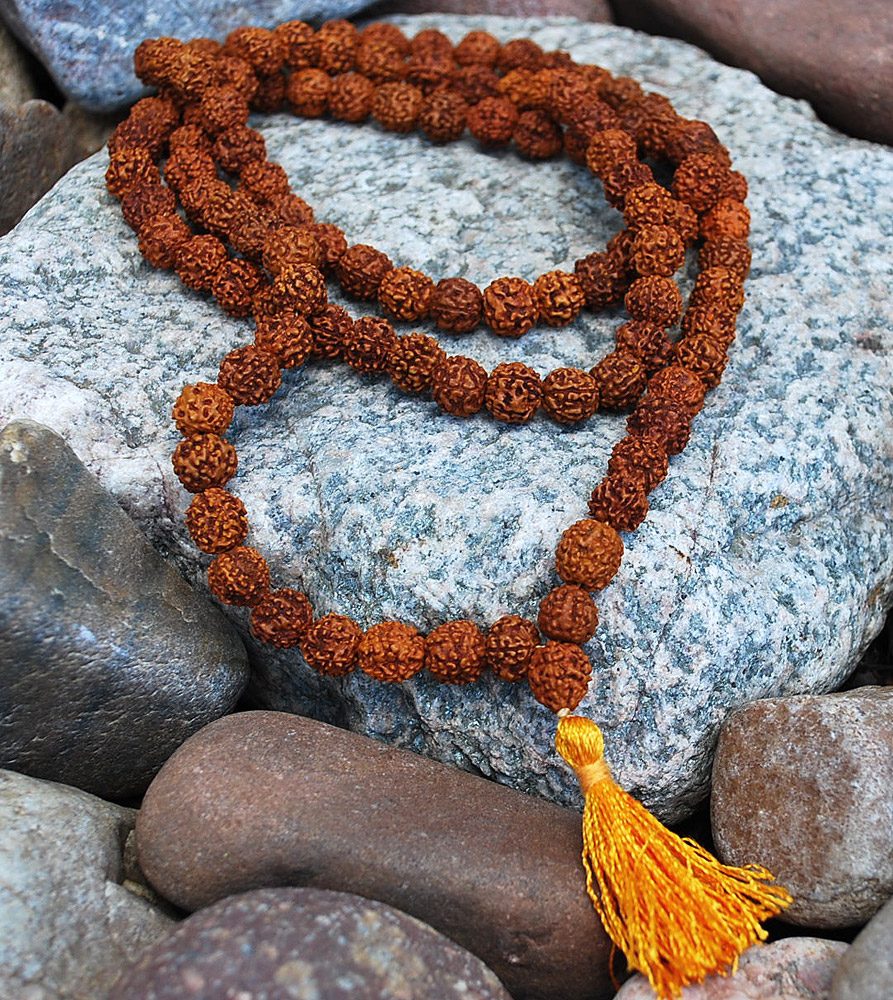
Picture Credit score Goes To www.buddhistmala.com
Bajuband (Armlet):
Grooms from varied Indian traditions put on an armlet, typically gold or silver, including magnificence to the arms and symbolizing power and heritage.
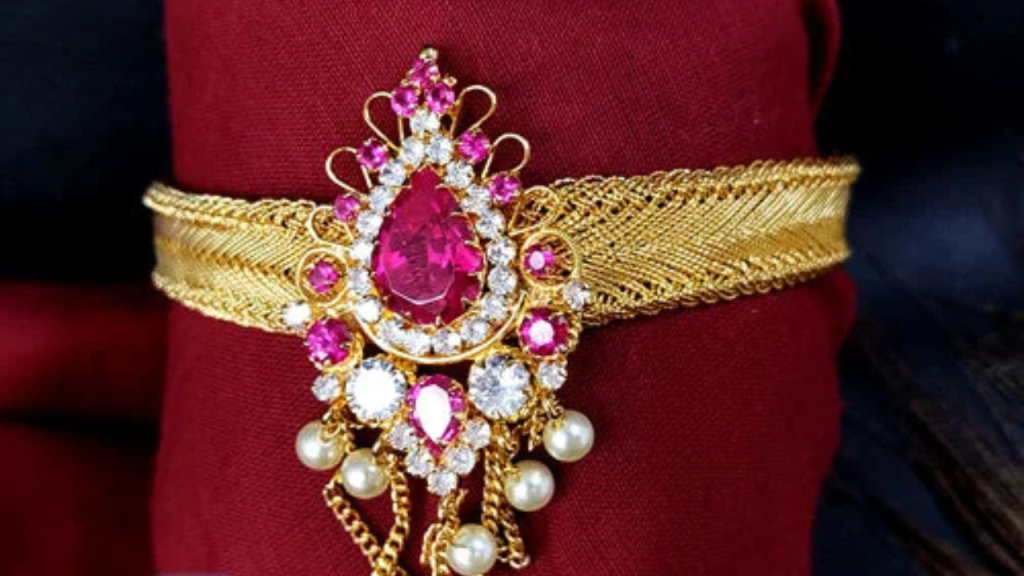
Picture Credit score Goes To : www.indiamart.com
Anklets (Payal):
In some regional traditions, grooms additionally put on anklets, which might be easy or adorned, including a singular appeal and finishing the ensemble.
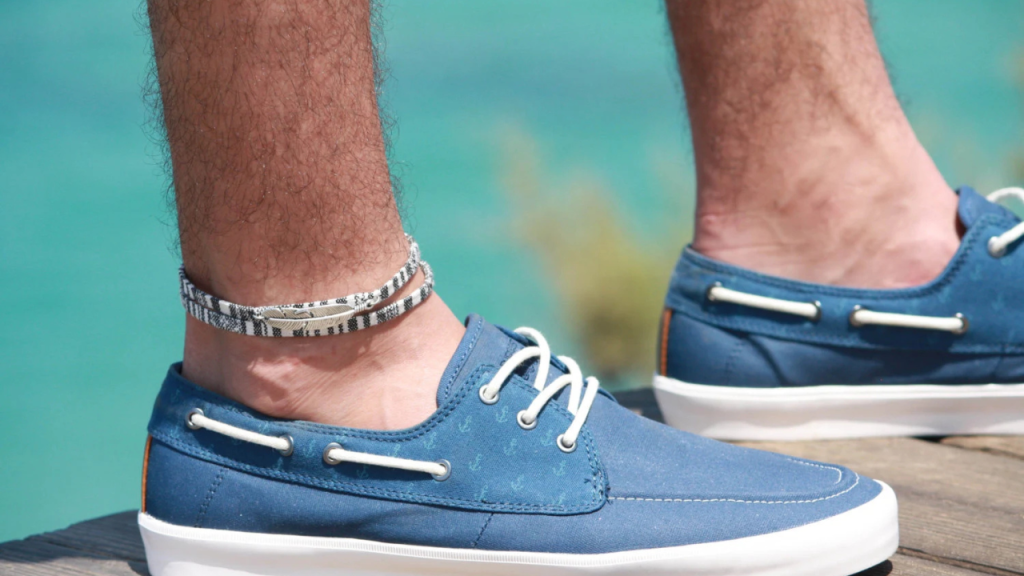
Picture Credit score Goes To : www.etsy.com
Bag (Batua or Potli):
A small, ornate bag generally known as a batua or potli, generally used to hold small necessities, provides aptitude and ties collectively conventional apparel.
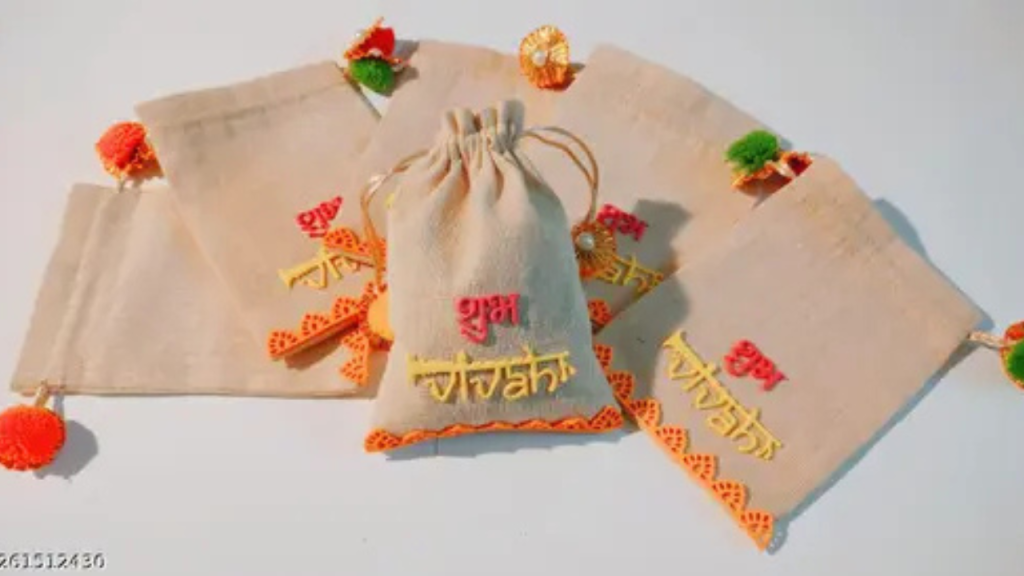
Picture Credit score Goes To : www.meesho.com
Embellished Belt (Patka):
For sure conventional outfits, an embellished belt generally known as a patka enhances the waistline and brings collectively the groom’s outfit in a structured means.
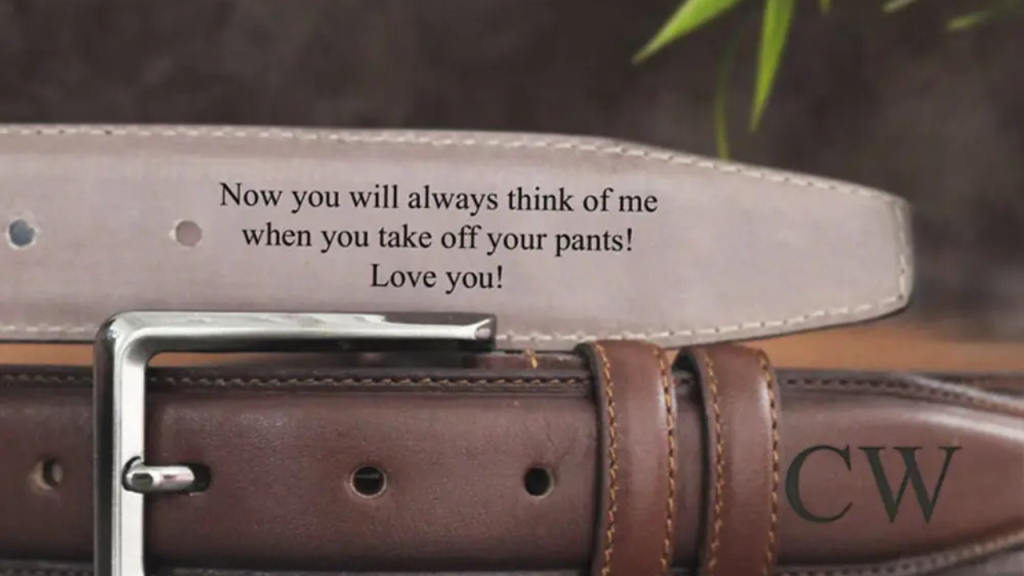
Picture Credit score Goes To : www.sheown.com
Brooch for the Kurta or Sherwani:
An ornamental brooch on the chest or shoulder provides a contact of opulence to the outfit. It will possibly characteristic treasured stones, kundan work, or intricate designs that match the groom’s general apparel.

Picture Credit score Goes To :
Kalire:
In some North Indian marriage ceremony traditions, grooms put on small, ornamental hangings generally known as kalire which can be tied to their wrists or connected to their clothes. Initially related to brides, fashionable grooms generally put on them as a logo of fine luck and prosperity.
Bracelet Chains (Kangan):
A sequence-style bracelet, typically fabricated from gold or different metals, might be worn on one or each wrists. This accent is very widespread with Punjabi and North Indian grooms and provides an additional layer of sophistication.
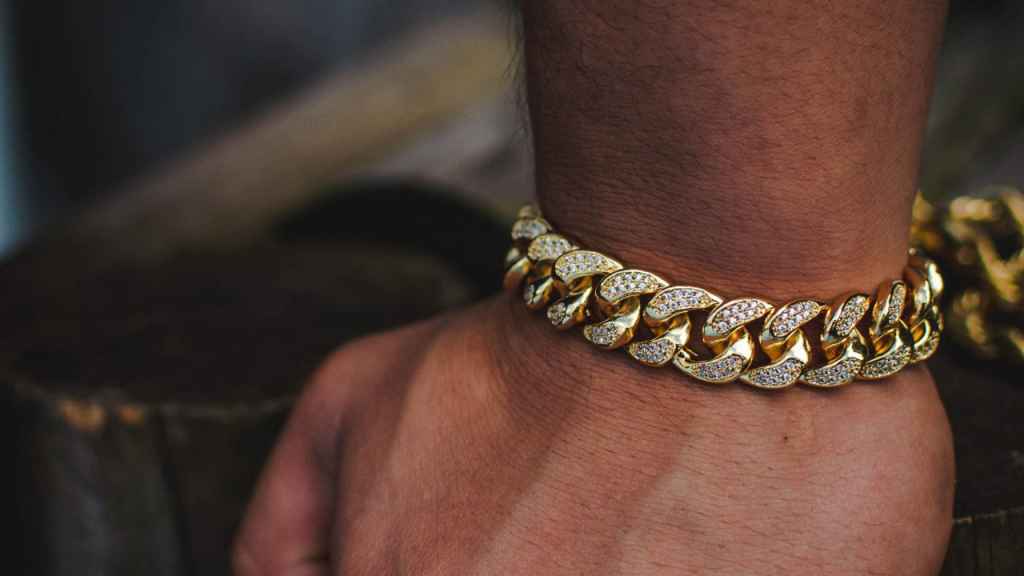
Picture Credit score Goes To : www.pinterest.com
Handheld Mirror (Arsi Mushaf):
In some Mughal and Hyderabadi traditions, grooms carry a small, ornamental mirror generally known as an arsi mushaf. This accent, used earlier than the bride and groom first see one another, holds deep cultural significance.
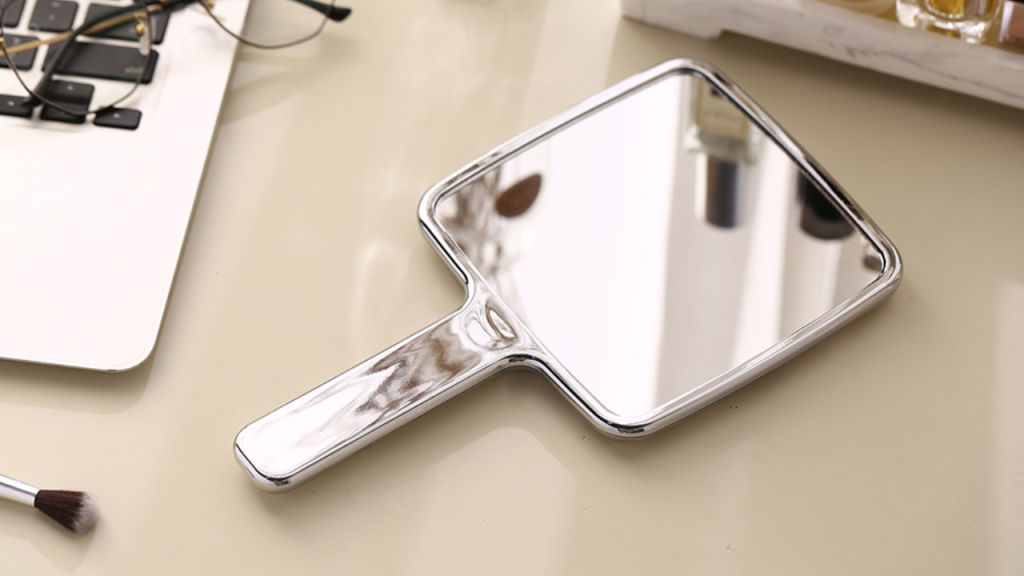
Picture Credit score Goes To : www.amazon.com
Waistcoat or Nehru Jacket:
Over the sherwani or kurta, some grooms put on an identical or contrasting waistcoat, typically embroidered or tailor-made to reinforce their look and add a layer of ritual.

Picture Credit score Goes To : www.etsy.com
Perfumed Flower Garlands (Var Mala):
For a lot of Indian weddings, grooms put on a garland of contemporary flowers round their neck, usually offered by the bride through the varmala or garland ceremony. The flowers and perfume symbolize freshness and purity.
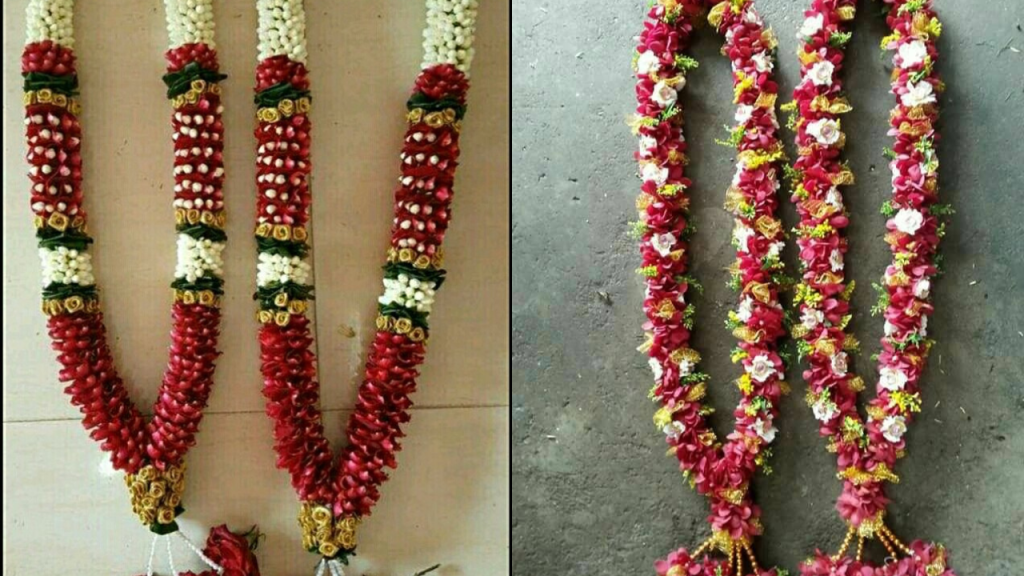
Picture Credit score Goes To : www.pinterest.com
Groom’s Dupatta with Embroidery or Elaborations:
An elaborately designed or embellished dupatta, draped over the groom’s shoulder, provides aptitude and is commonly matched with the bride’s colours or embroidery to represent unity.
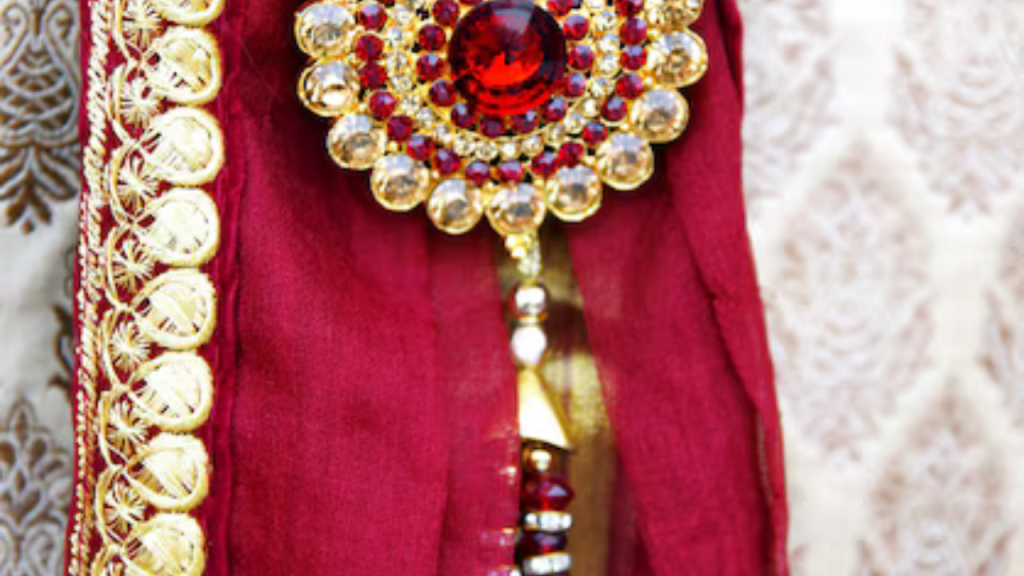
Picture Credit score Goes To :
Hair Decoration (Jooda):
In sure South Indian weddings, grooms put on small, ornamental hair ornaments if they’ve longer hair or styled buns, including a singular cultural aptitude.
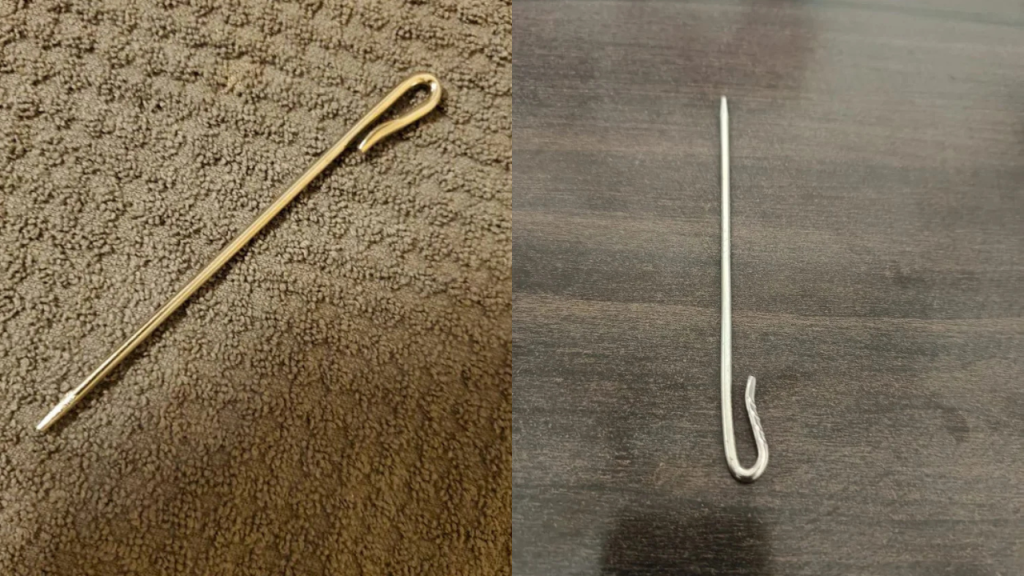
Picture Credit score Goes To : www.indiamart.com
Holy Ebook (Grantha):
In Sikh weddings, some grooms carry a duplicate of the holy e book or scriptures (e.g., the Gutka Sahib) in a small pouch or stored respectfully close by as a supply of blessings and safety.
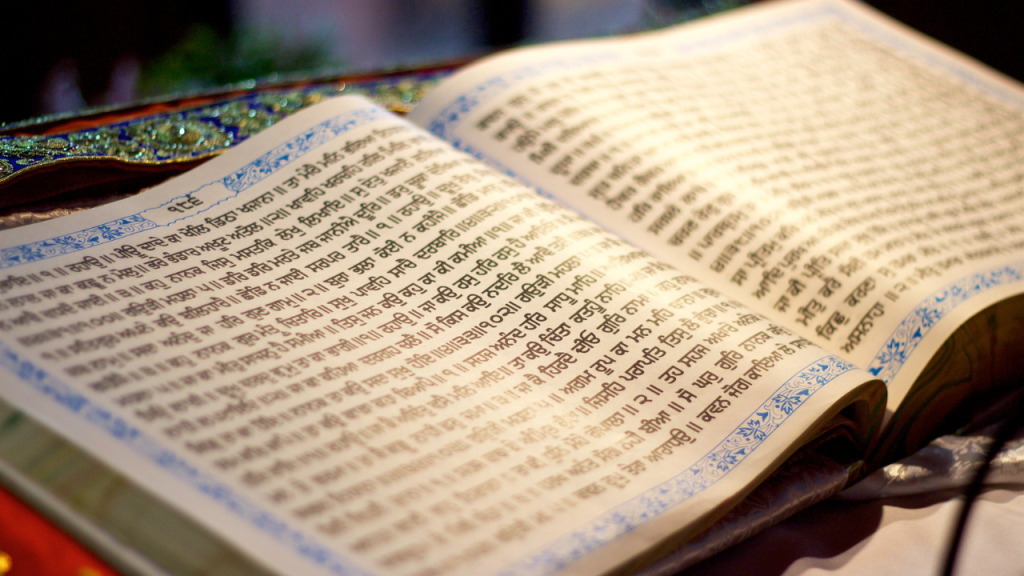
Picture Credit score Goes To : www.1thingaweek.com
Cane or Strolling Stick:
In Rajasthani and a few South Indian traditions, a finely crafted strolling stick or cane is carried by the groom as a logo of authority and magnificence.

Picture Credit score Goes To : www.colonialsoldier.com
Conventional Cash or Amulets:
In some Indian cultures, grooms put on small amulets or cash tied into their waistband or hung from their apparel for good luck and safety.
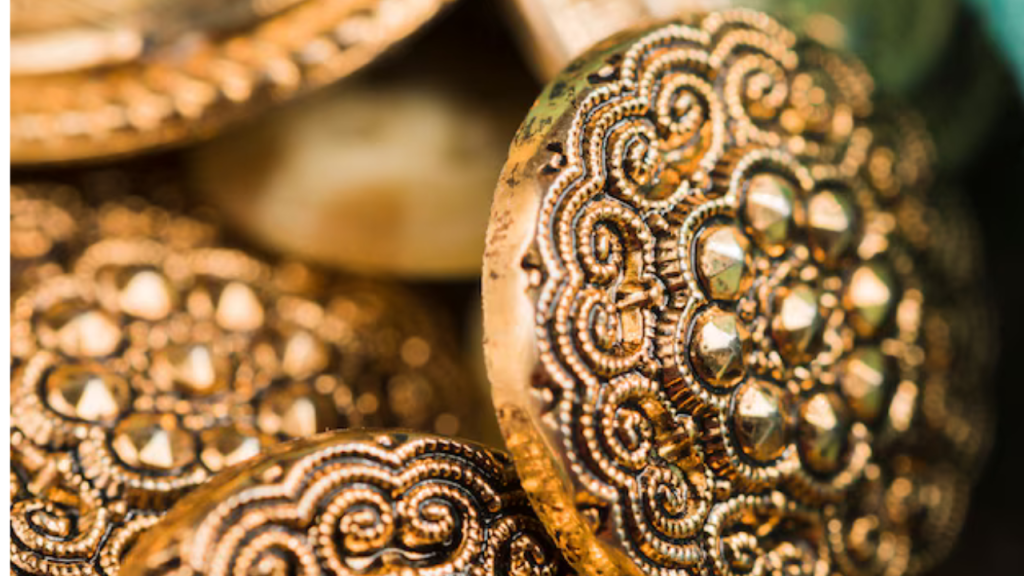
Picture Credit score Goes To :
Customized Monogram or Initials:
Fashionable grooms generally add a refined, personalized effect with embroidered initials or monograms on their sherwani, stole, or pocket sq..
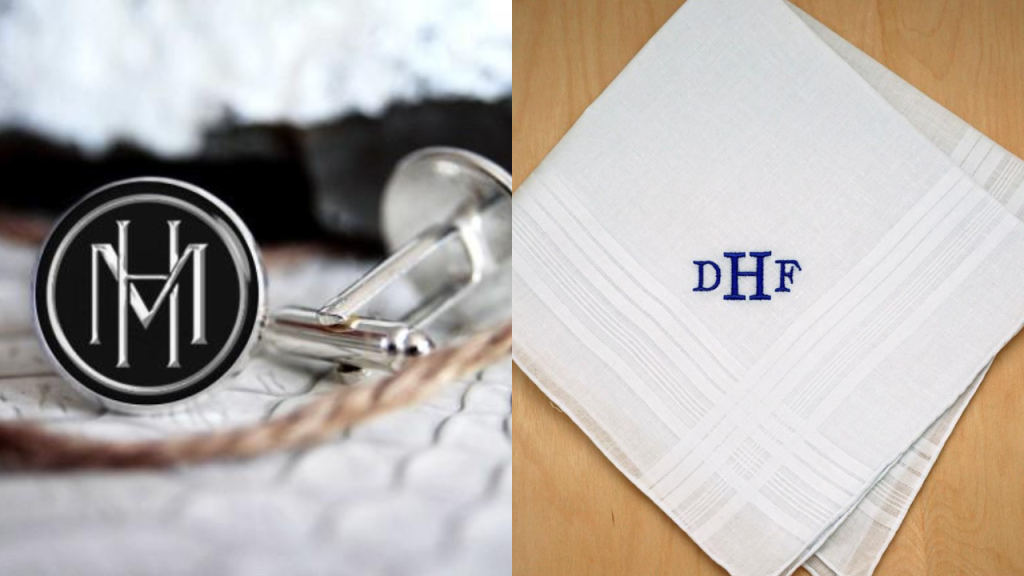
Picture Credit score Goes To : bumblebeelinens.com
Rosary Beads (Japa Mala):
In some Hindu traditions, grooms carry a strand of prayer beads or japa mala of their pocket as an indication of devotion, symbolizing blessings for a affluent life.
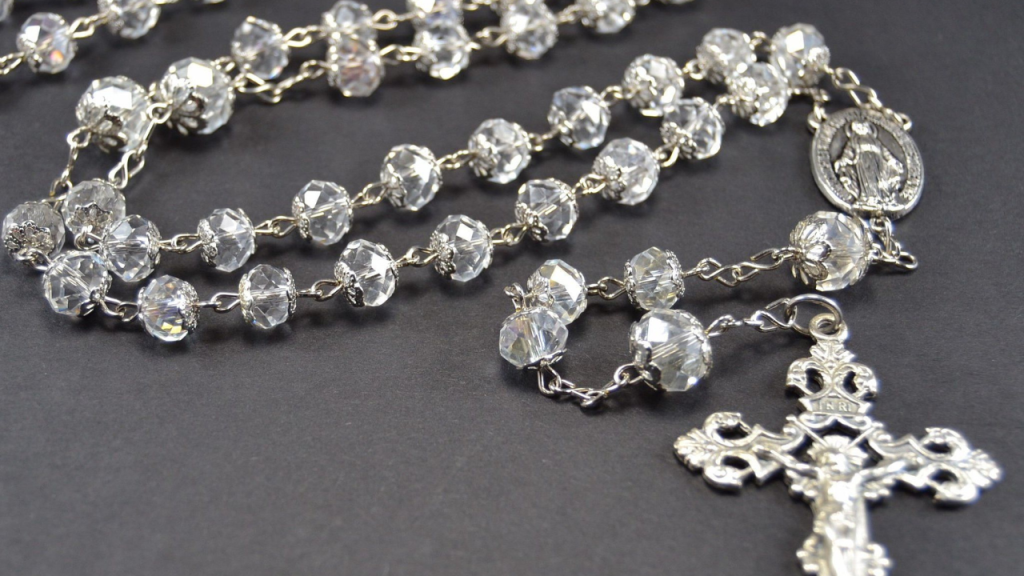
Picture Credit score Goes To : www.pinterest.com
Ethnic Pocket Watch:
Including a pocket watch with a series can mix conventional magnificence with classic appeal, particularly if the groom is carrying a sherwani or bandhgala with pockets.
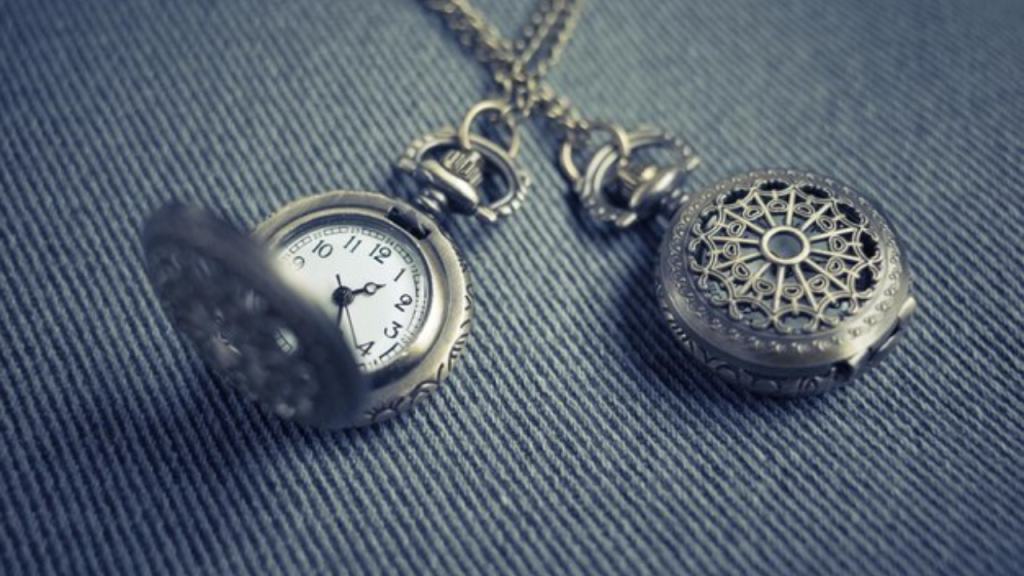
Picture Credit score Goes To :
Face Masks (Fashionable Addition):
Many current grooms incorporate a customized face masks with their outfit, designed to match their apparel or adorned with embroidery, which mixes security with fashion.
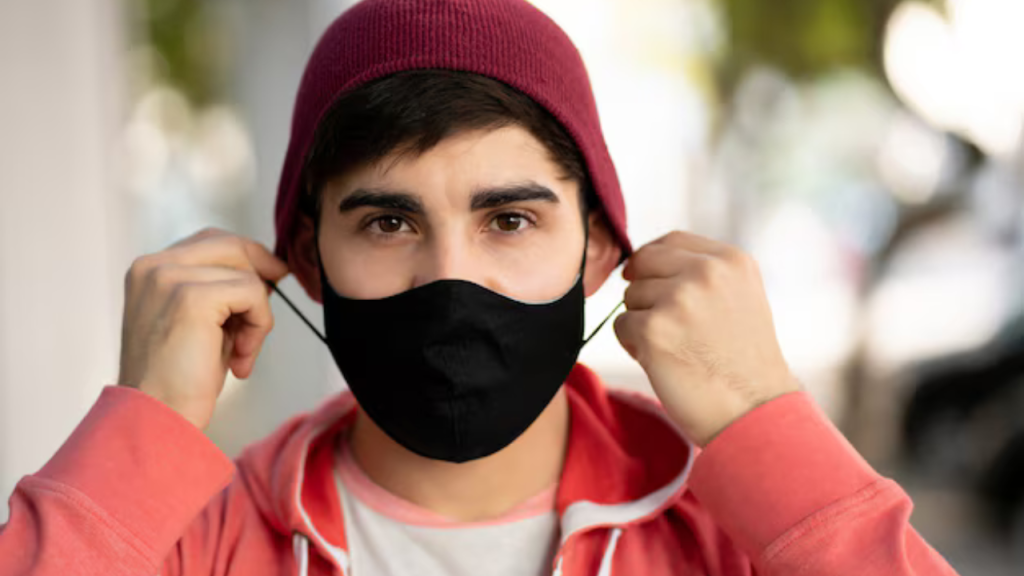
Picture Credit score Goes To :
Shoulder Armor (Angrakha Shoulder Plate):
In some conventional or royal Indian outfits, particularly in Rajput tradition, shoulder armor or ornamental plates are worn to suggest power and heritage.
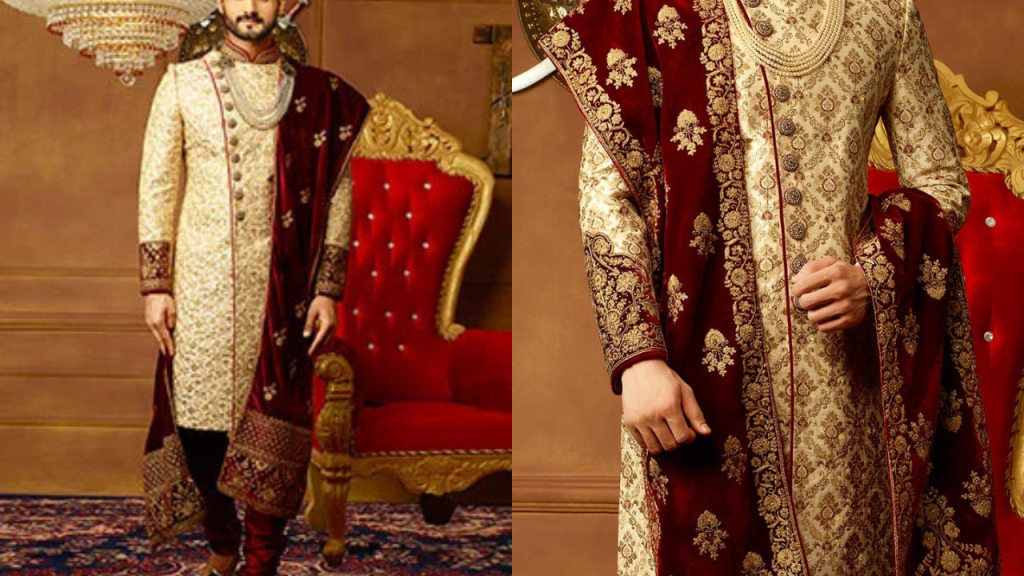
Picture Credit score Goes To : www.cbazaar.com
Sword Sheath (Khanda Cowl):
If the groom carries a ceremonial sword, an embellished sheath provides magnificence and protects the sword whereas finishing the ceremonial look.
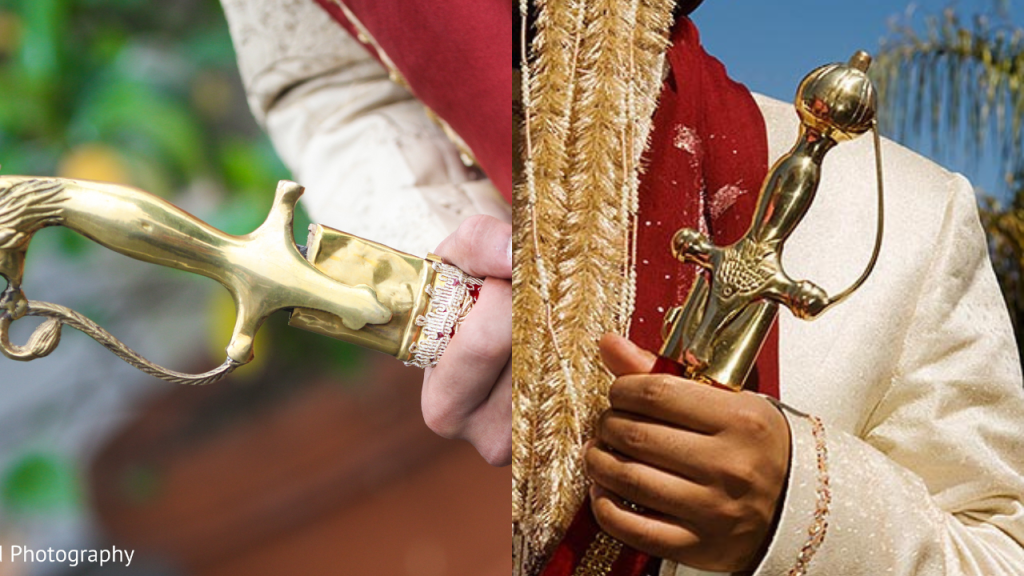
Picture Credit score Goes To : www.maharaniweddings.com
Scabbard with Embroidery:
A scabbard or sword cowl, generally customized with the groom’s initials or household emblem, provides a contact of royal aptitude and completes the groom’s regal look.

Picture Credit score Goes To : www.the-saleroom.com
Ancestral Jewellery or Heirloom Equipment:
Some grooms incorporate household heirlooms corresponding to a pocket watch, ring, or pendant handed down by way of generations, bringing a significant connection to household heritage.
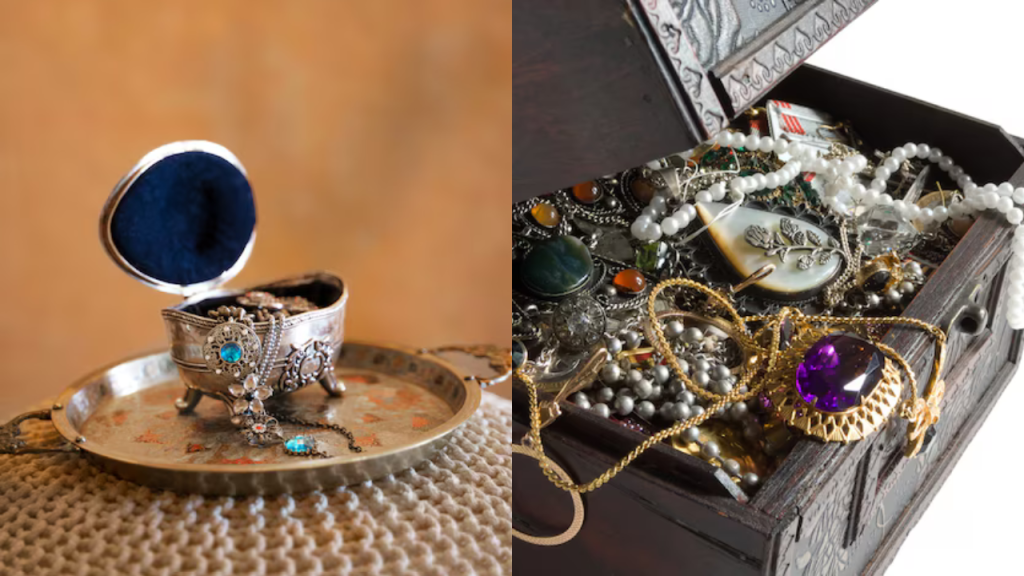
Picture Credit score Goes To :
Picture Credit score Goes To :
Hand Fan (Pankha):
Particularly for summer season weddings, an ornamental hand fan might be each practical and trendy, typically embroidered or constructed from colourful cloth to match the groom’s apparel.
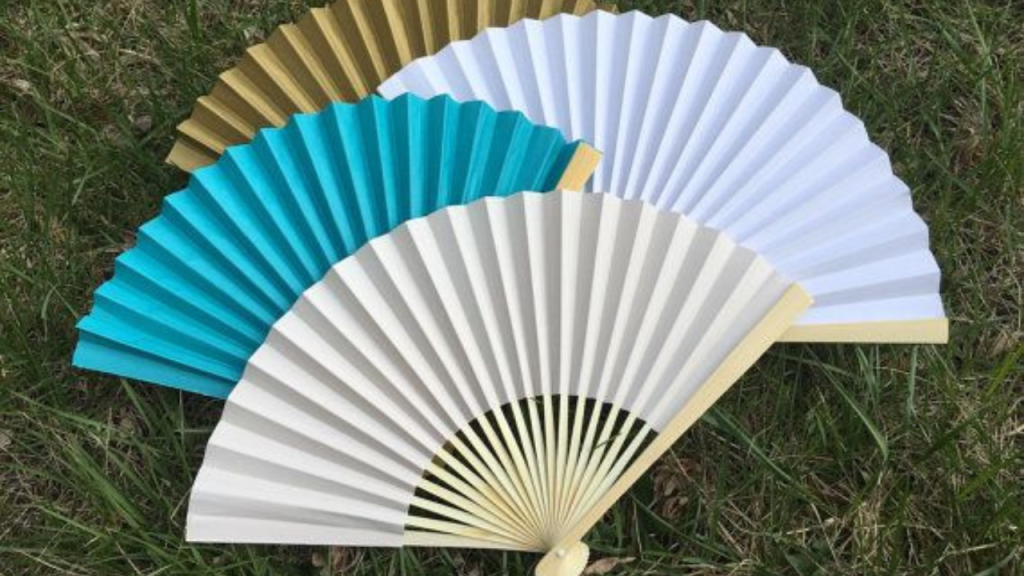
Picture Credit score Goes To : www.pinterest.com
Scented Flower Petals (Phool Chadar):
In the course of the baraat (groom’s marriage ceremony procession), some grooms stroll below a cover of contemporary flower petals. That is extra widespread in North Indian weddings and provides an expensive, festive contact.
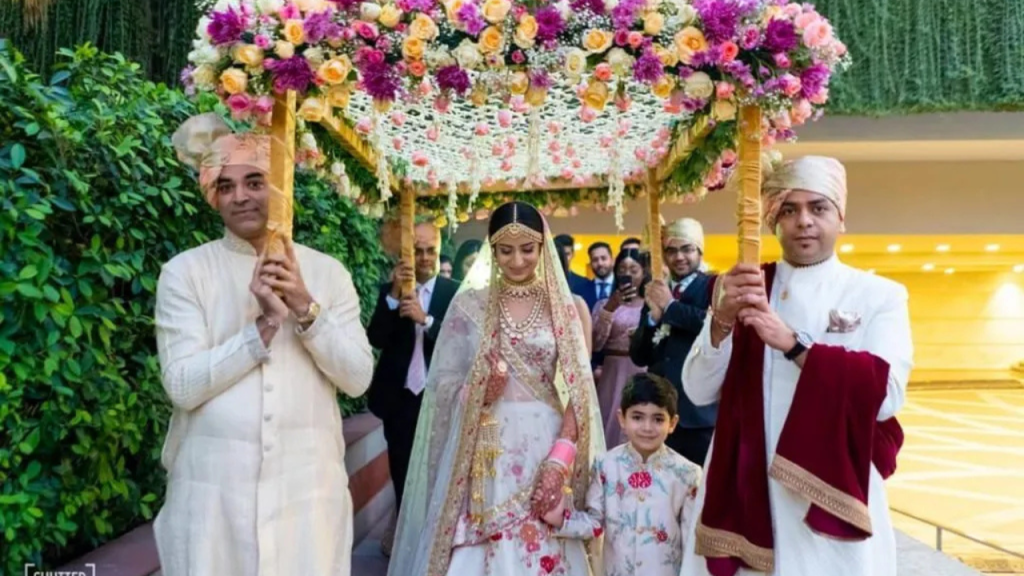
Picture Credit score Goes To : www.fabweddings.in
Household Crest or Emblem Brooch:
A brooch with a household crest, emblem, or image might be worn on the turban, sherwani, or dupatta, emphasizing household heritage and including a significant private ingredient.
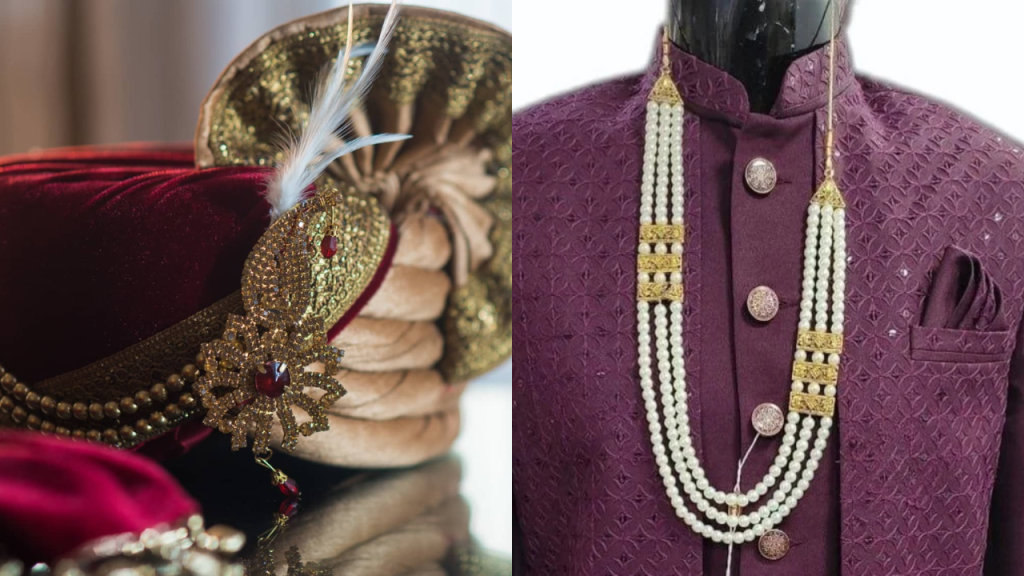
Picture Credit score Goes To : getethnic.com
Embroidered Socks:
A small element, however embroidered socks or socks with patterns matching the outfit could be a good of completion, particularly for marriage ceremony images when the groom removes his footwear.
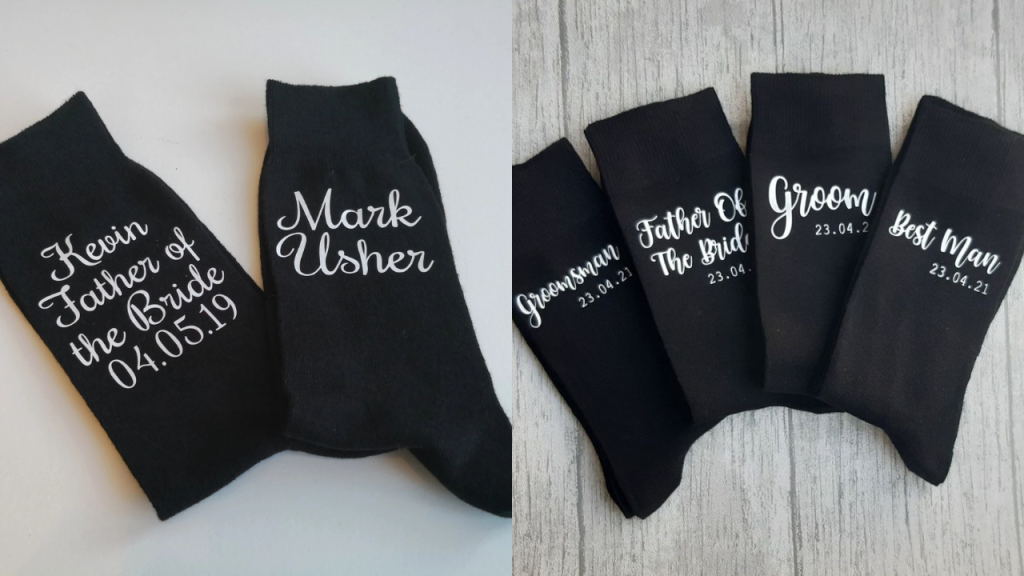
Picture Credit score Goes To : www.etsy.com
Cape or Lengthy Coat (Angrakha-style):
For colder seasons or royal-inspired themes, a groom would possibly put on a richly embroidered cape or lengthy coat over the sherwani or kurta, including grandeur and aptitude.
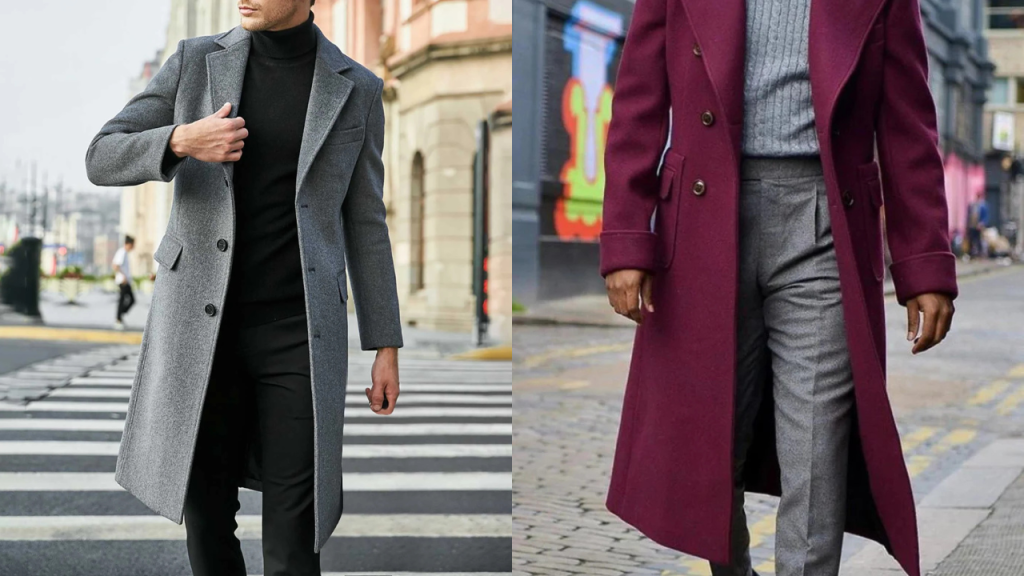
Picture Credit score Goes To : www.sainly.com
Sun shades or Spectacles:
For out of doors or vacation spot weddings, grooms typically add a classy pair of sun shades to their look. Some grooms additionally select vintage-style spectacles to reinforce a traditional or royal-themed apparel.
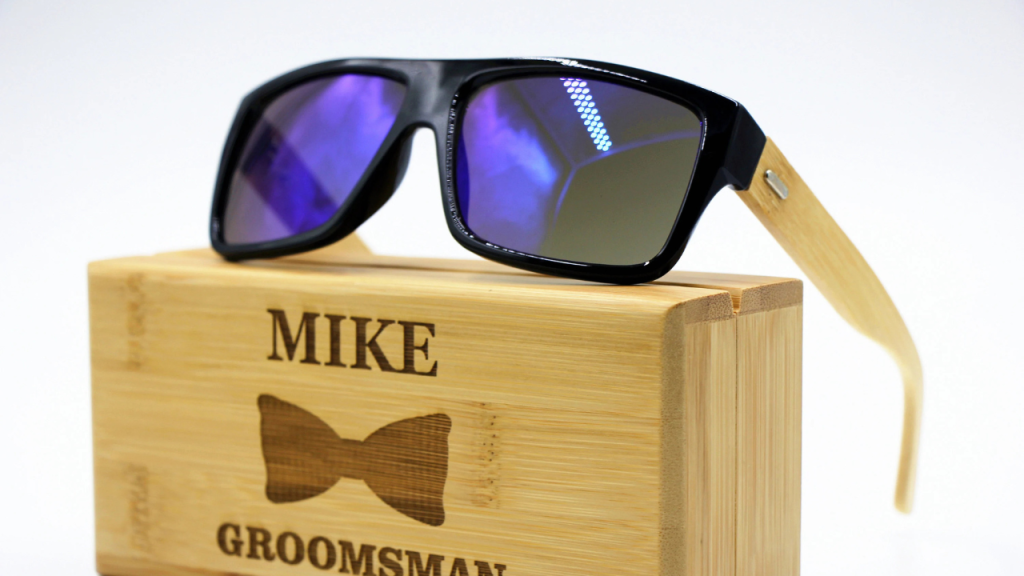
Picture Credit score Goes To : www.etsy.com
Haar ki Patthi (Brow Band):
This accent is much like a headscarf, embellished with gems or embroidery, and worn alongside the brow beneath the turban. It’s a well-liked selection in South Indian weddings.
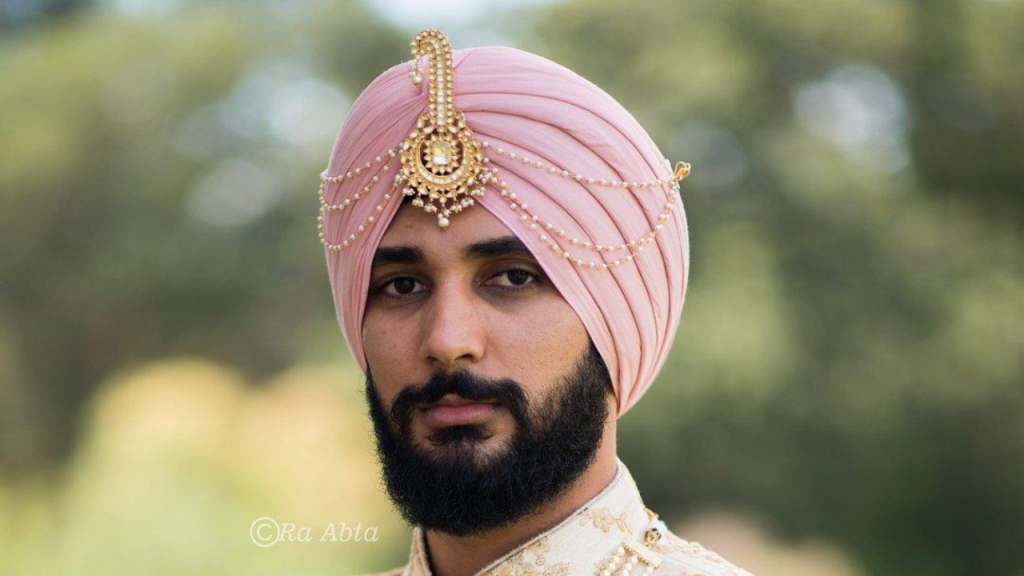
Picture Credit score Goes To : www.weddingwire.in
Conventional Ankush (Elephant Hook):
In royal weddings or elaborate baraats, grooms might carry an ornamental ankush, which historically was used to information elephants, symbolizing royalty and grandeur.

Picture Credit score Goes To :
Marriage ceremony Handkerchief with Embroidery:
A personalised handkerchief with embroidered initials or a particular message can function a memorable memento for the groom.
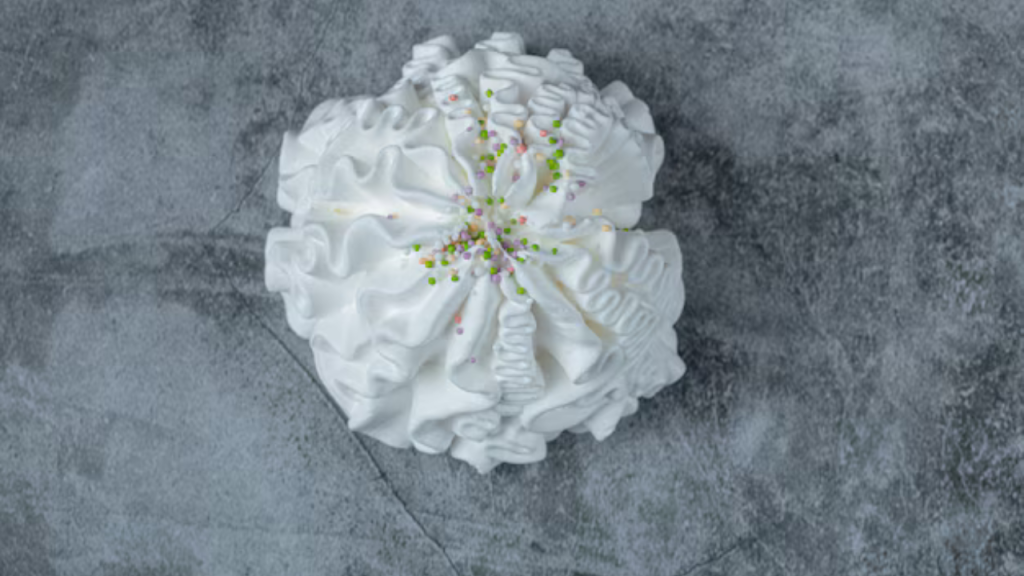
Picture Credit score Goes To :
Conventional Belt (Peta):
A easy or embroidered belt, generally known as peta in sure areas, is used to safe the kurta or dhoti and is usually chosen to match or distinction the primary outfit.

Picture Credit score Goes To :
Custom-made Boutonniere:
For a fusion marriage ceremony look, some grooms put on a small boutonniere on their sherwani lapel, typically matching the bride’s bouquet or the marriage colours.
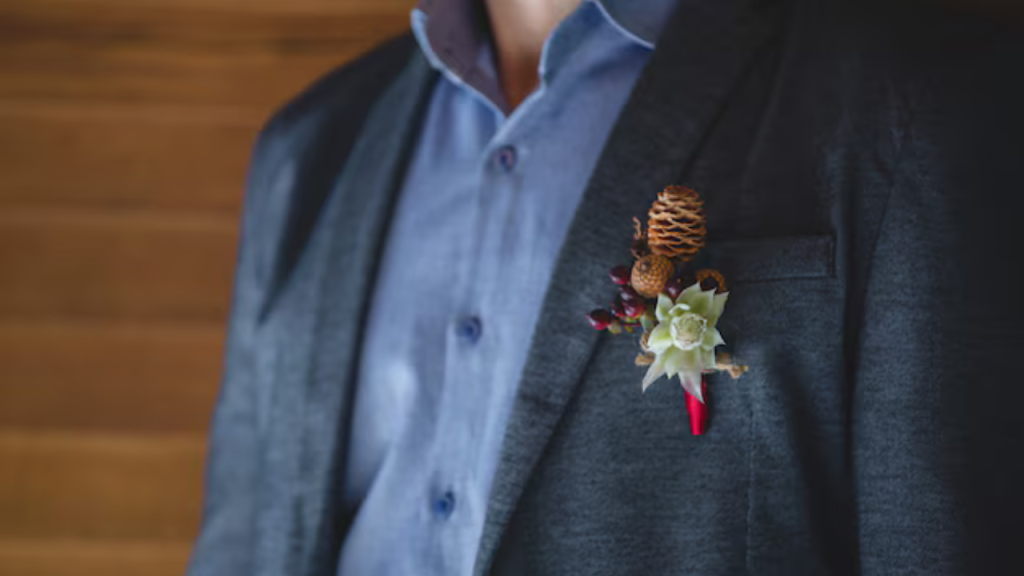
Picture Credit score Goes To :
Small Non secular Idol or Pendant:
Grooms from varied traditions might carry a small idol or pendant of a deity for blessings and success, which might be tucked in a pocket or stored discreetly with them.
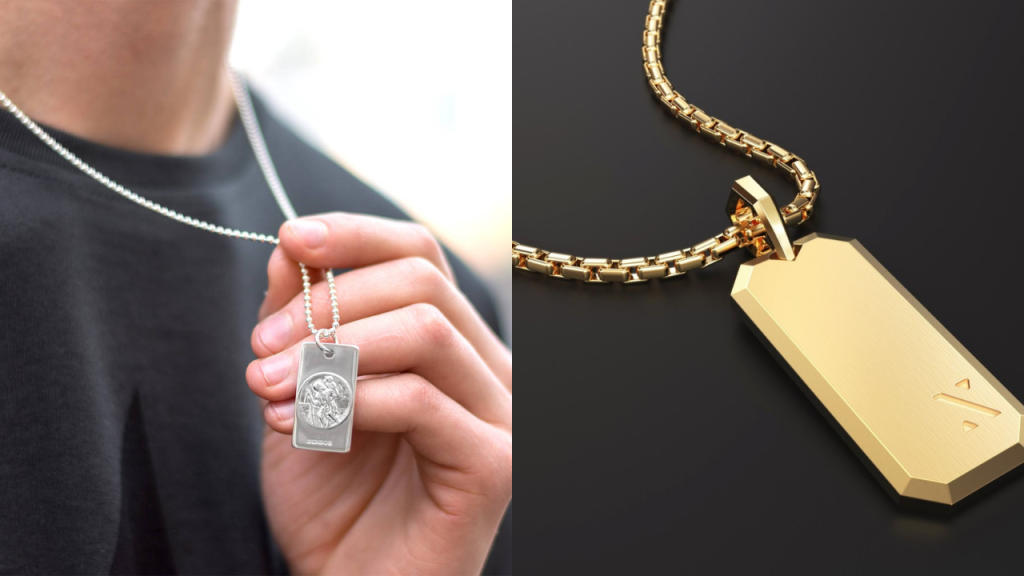
Picture Credit score Goes To : www.pinterest.ca
Conventional Fan (Mor Pankha):
Made with peacock feathers or vibrant colours, a standard hand fan can add a contact of heritage and turn out to be useful for summer season weddings.

Picture Credit score Goes To : www.amazon.in
Cufflinks
Cufflinks are just a little however essential accent that lends a contact of refinement to your marriage ceremony costume. When shopping for cufflinks, search for a standard fashion that compliments your clothes.
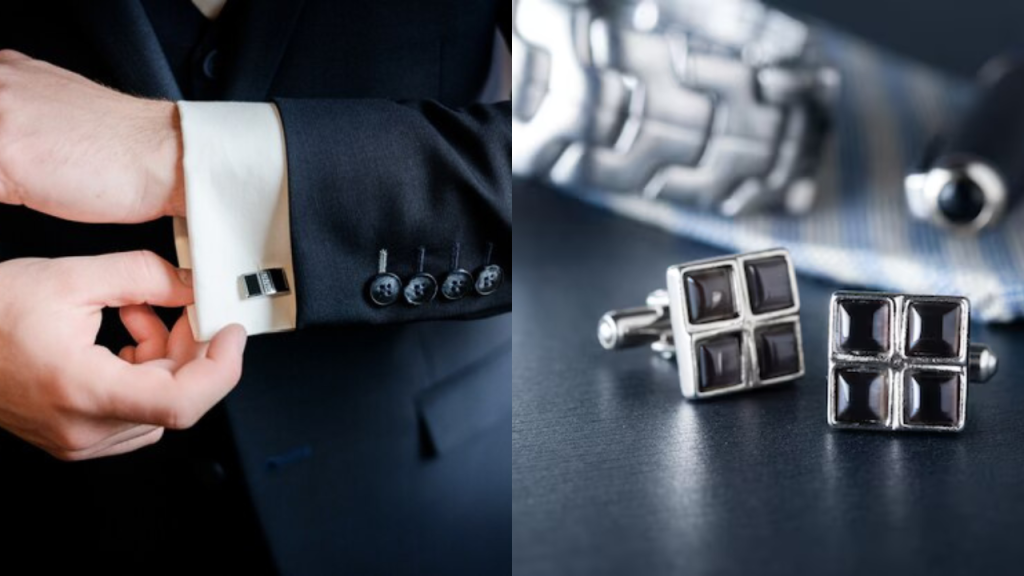
Picture Credit score Goes To :
Footwear
The right pair of footwear can change an outfit. For Indian grooms, conventional footwear like mojris or jutis are the suitable possibility.

Picture Credit score Goes To : wittyvows.com
Pocket Sq.
A pocket sq. is a primary however engaging merchandise that will carry individuality and color to your go well with or sherwani. Select a cloth that fits your marriage ceremony theme, whether or not it’s a standard silk or a wealthy brocade that provides texture to your costume.
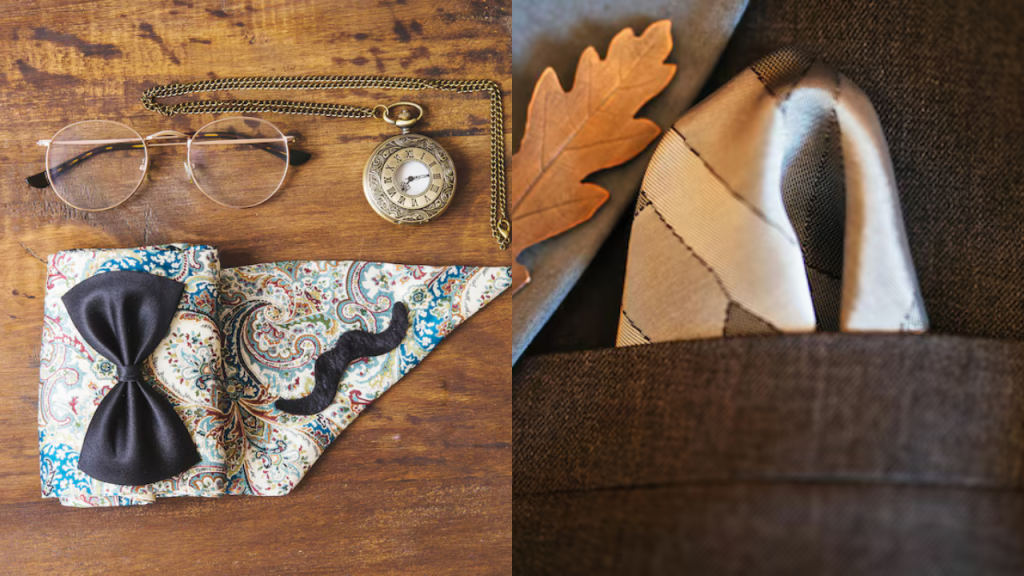
Picture Credit score Goes To :
Sehra
A sehra is a veil that the groom usually wears over his face through the marriage ceremony ceremony. It’s generally embellished with flowers, jewels, or beneficial stones and is meant to guard the husband from the evil eye. Whereas this decoration is extra prevalent in North India, it might be worn by any groom who needs to embrace this profound customized.
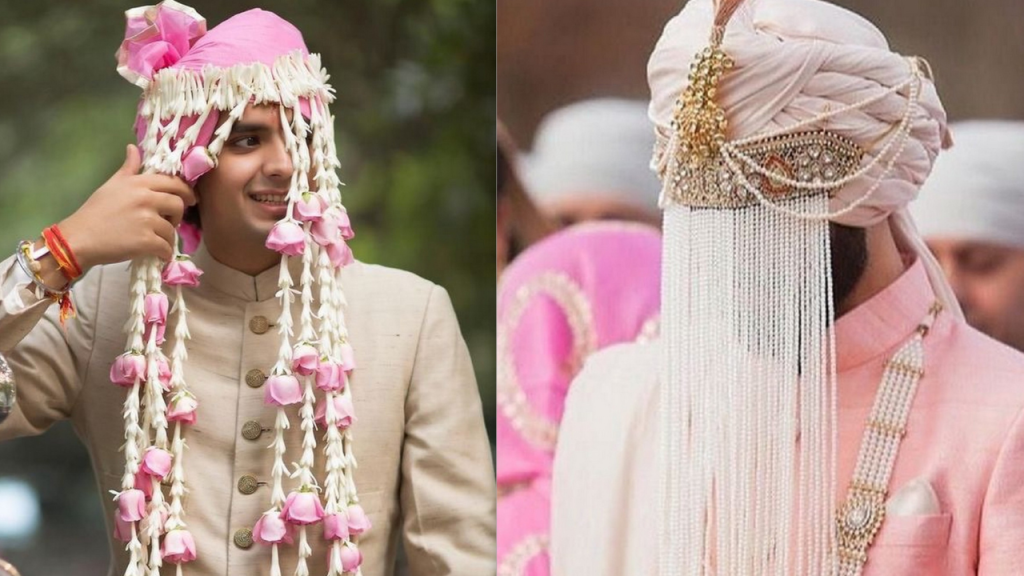
Picture Credit score Goes To : www.wedmegood.com
Watches
A watch is greater than merely a helpful accent; it’s a signal of status and magnificence. In your marriage ceremony day, a Steel Gold watch would possibly function a private remembrance of the occasion. Select a watch that fits your apparel, whether or not it’s a smooth up to date design or a classic clock.

Picture Credit score Goes To :
Kalgi (Turban Brooch)
The kalgi is a decorative headgear that’s continuously affixed to the turban. It’s typically crafted from beneficial stones or pearls and supplies a regal contact to the groom’s clothes. The kalgi is a well-known adornment at conventional Indian weddings, significantly for grooms carrying turbans.

Picture Credit score Goes To : shaadiwish.com
In case you’re striving for a traditional fashion, don’t neglect so as to add this merchandise in your wardrobe.
Methods to Type These Equipment
Styling your equipment appropriately is significant to making sure you appear skilled and put-together. Listed below are some solutions on how you can costume these equipment:
Coordinate along with your outfit:
Make sure that your equipment complement the color and design of your marriage ceremony clothes. For instance, in the event you’re carrying a traditional sherwani, gold or silver equipment would look properly. In case you’re searching for a up to date go well with, think about minimal but beautiful equipment.
Maintain issues easy:
Whereas equipment are very important, it’s vital to not overdo it. Select a number of essential gadgets that complement your general fashion with out overpowering it.
Personalise your equipment:
Add a private contact by choosing equipment that match your fashion or have emotional significance, corresponding to engraved cufflinks or a watch offered by a member of the family.
Why These Equipment Matter
The suitable equipment are a mirrored image of the groom’s persona and aptitude. They help full the looks, serving to him really feel safe and prepared for the massive day. Furthermore, equipment like turbans and sehra have nice cultural significance, strengthening the that means of the marriage occasion.
In case you’re planning an Indian marriage ceremony in London, the suitable equipment might aid you stand out whereas nonetheless following custom. Do not forget to take a look at Royal Bindi’s Indian Marriage ceremony Providers to find extra about how you can make your marriage ceremony day much more unforgettable.
Conclusion
Your Indian marriage ceremony day is likely one of the most essential days of your life, and the equipment you choose might drastically impact your entire look. Whether or not you determine for a standard or up to date fashion, ensure that your equipment characterize your personal fashion and cultural background. With the suitable equipment, you’ll really feel assured, look modern, and construct recollections that final a lifetime.
FAQs About Groom Accessories
1- What are the important accessories for an Indian groom?
Key accessories include a turban, cufflinks, shoes, pocket square, sehra, and a quality watch.
2- What is the importance of a turban at an Indian wedding?
The turban denotes respect, dignity, and honour. It is a crucial cultural symbol for grooms, particularly at Sikh marriages.
3- How do I find the proper shoes on my wedding day?
Opt for classic mojris or jutis for a more genuine style, or pick well-polished leather shoes for a contemporary appeal.
4- Can I wear a pocket square with a sherwani?
Yes, a pocket square may give a touch of refinement to a sherwani, improving its appearance without overwhelming it.
5- What is the function of a sehra in a wedding?
The sehra is worn over the groom’s face to shield him from the evil eye throughout the wedding.
6- Should I wear a fancy watch on my wedding day?
A nice watch is a terrific accessory for a groom. It functions both as a utilitarian instrument and a statement of wealth and flair.



